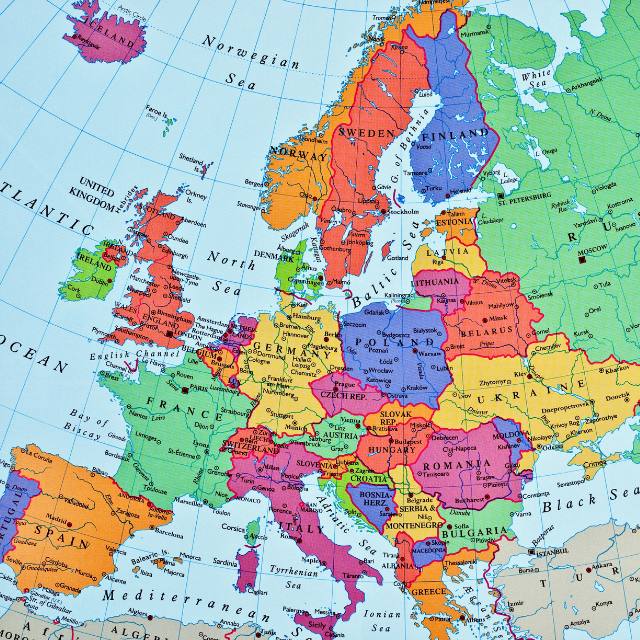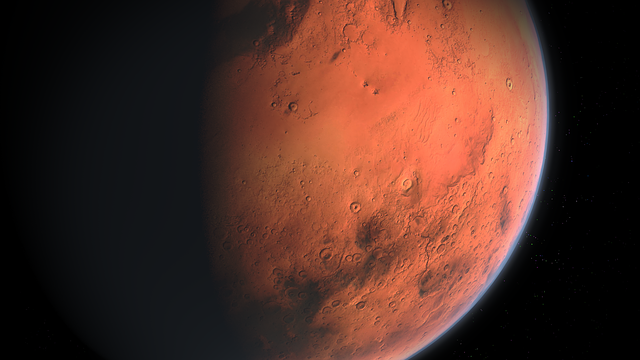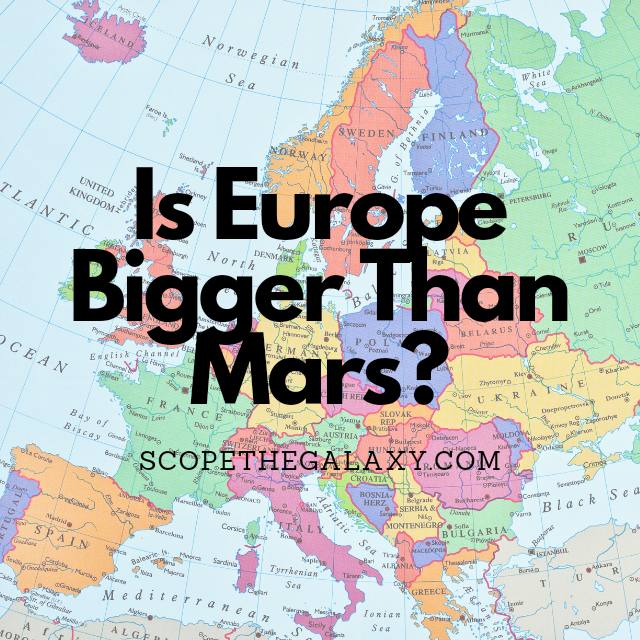*This post may contain affiliate links. This means we may make a commission if you purchase an item using one of our links*
Europe is the second smallest continent on Earth, whilst Mars is the second smallest planet in our solar system. Still, there’s no comparison regarding which one is bigger as the former is a flat land mass with a surface area of 10.53 million square kilometers and a volume of 420 million cubic kilometers while Mars is a spherical body with a surface area of 144.8 million square kilometers and a volume of 163 billion cubic kilometers.
For a more detailed look at what makes Europe and Mars as big as they are, continue reading as it will be covered in more depth below.
How Big Is Europe?

Europe is technically considered the second smallest continent in the world, only beaten by Australia. Europe comprises the far west projecting peninsula of Eurasia, a landmass it shares with Asia, and the small continent makes up 2% of the earth’s surface.
Europe’s territory can be tricky to pinpoint. But we will do our best to explain it for you; the Artic ocean borders its to its North and the Atlantic Ocean lies to its West. To the South lies the Mediterranean and Black seas, the Kuma Manych Depression, the Caspian sea, the Ural mountains, and the Zhem River divide it from Asia.
From north to south, Europe covers an area of 3,341 kilometers and spreads approximately 2,154 from east to west. However, because it is an irregular shape, these measurements, when totaling the circumference to find out the land mass, you end up with a greater number; Europe covers a total landmass of 10.53 million square km.
Europe’s coastline is full of seas, fjords, and bays and runs for approximately 38,000 km. It has several islands, including Iceland, Ireland, the British Isles, Sardinia, Malta, Crete, and Cyprus.
As Europe is a continent, it comprises various countries, each with its borders. Some of the largest countries in Europe and their landmasses include France, with 547,030 square kilometers; Sweden, with 449,964 square kilometers, Ukraine, with 603,700 square kilometers; and Poland, with 312,685 square kilometers.
As a result it overall volume if say the average crust across all of the countries present within in it were to 40km, would be 420 million cubic kilometers.
How Big Is Mars?

Mars is the fourth planet in line from the Sun and the second smallest planet in our solar system. It has a diameter of 6,779 km, which is only just over half as large as Earth’s (around 53%)
The physical geography of Mars is very different from that of Earth. The atmosphere on Mars is much thinner than ours, and it consists mainly of carbon dioxide (CO2) with small amounts of nitrogen (N2). The surface gravity on Mars is much lower than that on Earth, so an object that weighs 100 pounds on Earth, would weigh just 38 pounds on the red planet.
The surface of Mars is mainly composed of various minerals like iron oxide and silicon dioxide. It also has polar ice caps, but it doesn’t have any oceans or seas.
Olympus Mons is the largest volcano on Mars, with a diameter of 600km. And it is the largest mountain in our solar system, standing at roughly 27km high (almost three times the height of Mount Everest)
The Valles Marineris system of valleys is a vast network of canyons on Mars; the largest canyon in the solar system. It is located in the planet’s southern hemisphere and extends for around 4000 kilometers from east to west; the deepest points can extend up to 10km.
The basic makeup of Earth and Mars is similar as they are both terrestrial planets with a dense metallic core and overlying crust and mantle. However, Earth’s density (5.514g per cubic cm) is higher than Mars’ density (3.93g per cubic cm), suggesting that the red planet’s core contains lighter elements than Earth’s.
The surface area of Mars is around 144.8 million sq. km, about 13 times the surface area of the Europe. Meanwhile, the volume of Mars is approximately 163 billion cubic kilometers, around 390 times that of Europe.
Summary
Europe is the second smallest continent on Earth while Mars is the 2nd smallest planet in our solar system and therefore is bigger in every metric when compared to Europe.
In regards to surface area, it is just around 13 times bigger and in regards to volume, it is around 390 times larger, which makes sense considering Mars is spherical in nature while Europe and the countries that are a part of it are a mostly flat land masses.

